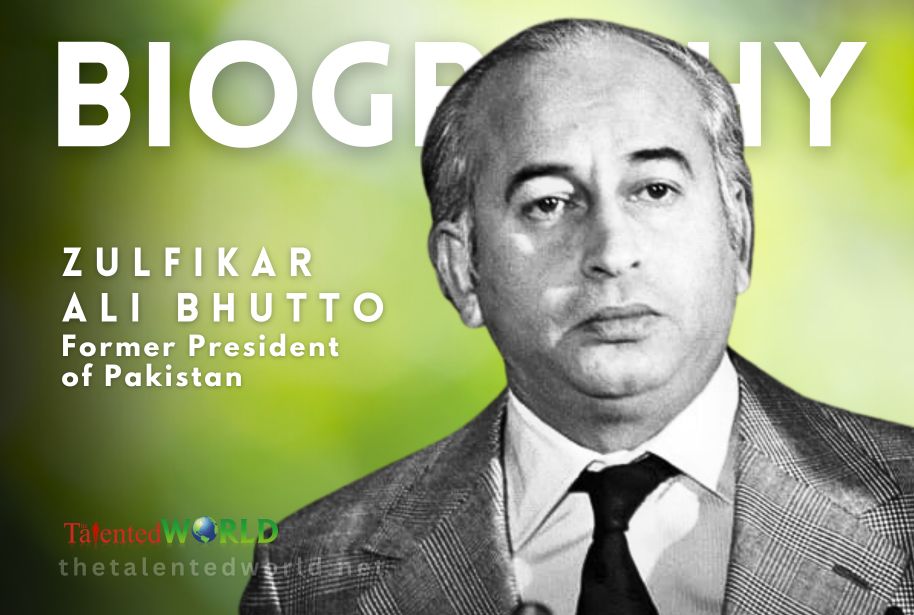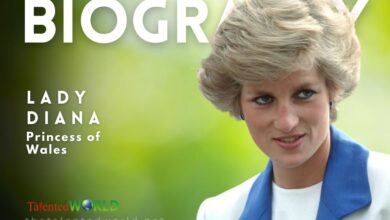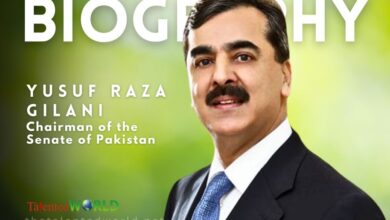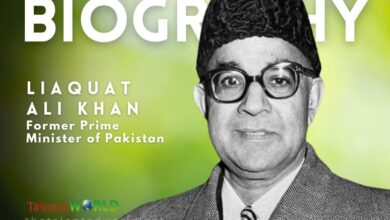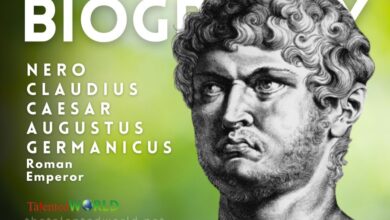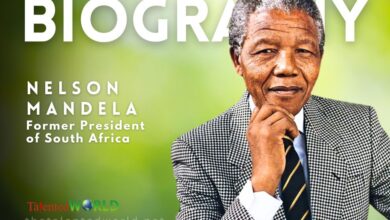| Full Name | Zulfikar Ali Bhutto (ذُوالفِقار علی بُھٹّو) |
| Birth Date | January 5, 1928 |
| Death Date | April 4, 1979 |
| Age at Death | 51 |
| Birth Place | Ratodero Taluka, Sind, Bombay Presidency, British India (present-day Sindh, Pakistan) |
| Cause of Death | Execution by hanging |
| Resting Place | Bhutto family mausoleum |
| Nationality | British Indian (1928-1947), Pakistani (1947-1979) |
| Political Party | Pakistan People’s Party (PPP) |
| Other Political Affiliations | Convention Muslim League (before 1967) |
| Spouse(s) | Shireen Amir Begum, Nusrat Ispahani, Husna Sheikh |
| Children | Benazir Bhutto, Murtaza Bhutto, Sanam Bhutto, Shahnawaz Bhutto |
| Parents | Shah Nawaz Bhutto (father), Khursheed Begum (mother) |
| Alma Mater | University of California, Berkeley; Christ Church, Oxford; Lincoln’s Inn |
| Profession | Lawyer, Politician |
| Nickname | Quaid-e-Awam (“the People’s Leader”) |
| Key Positions Held | 9th Prime Minister of Pakistan (1973-1977), 4th President of Pakistan (1971-1973) |
| Notable Achievements | Founded PPP, drafted 1973 Constitution of Pakistan, initiated Pakistan’s nuclear program |
| Significant Roles | Deputy Prime Minister (1971), Foreign Minister (1963-1966, 1971-1977), Minister of Commerce (1958-1960) |
| Major Contributions | Simla Agreement strengthened ties with China and Saudi Arabia, hosted OIC Conference (1974) |
| Controversies | Accusations of vote rigging (1977), economic challenges due to nationalization, political repression |
| Early Life | Born to a Muslim Rajput family, educated at Cathedral and John Connon School, St. Xavier’s College (Mumbai) |
| Education and Career | Studied political science and law, became a lecturer at University of Southampton, called to bar at Lincoln’s Inn |
| Historical Impact | Significant political figure, divisive legacy, party (PPP) remains influential in Pakistani politics |
